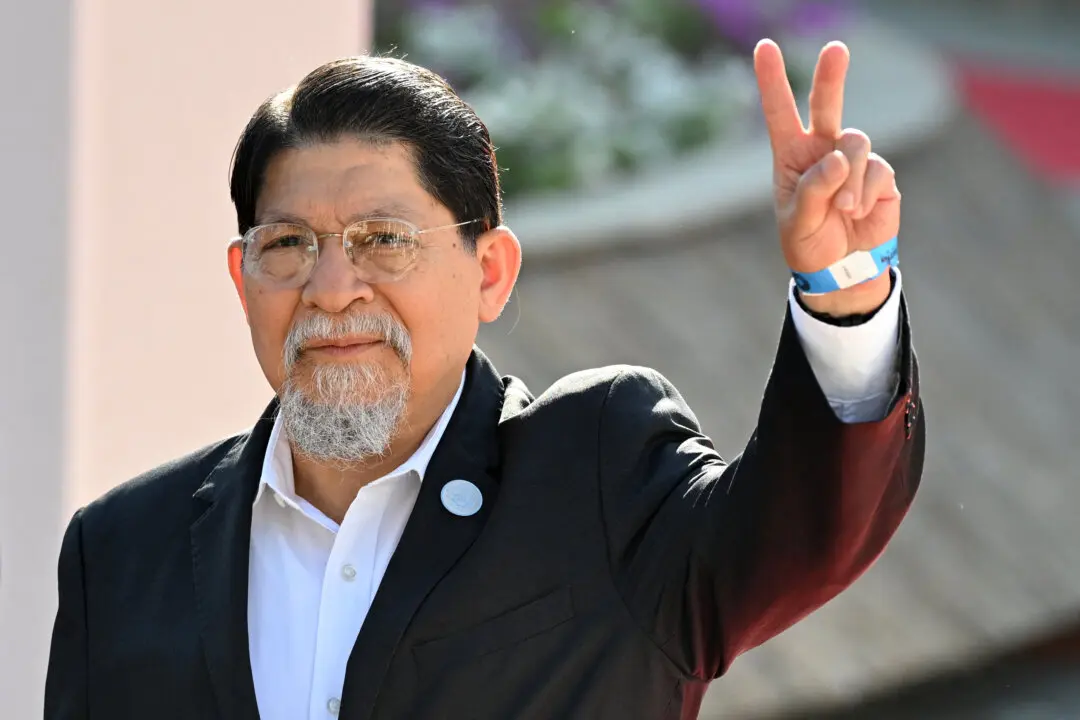WASHINGTON—The United States has welcomed Chinese concessions since the two declared a trade war truce in early December, but trade experts and people familiar with negotiations say Beijing needs to do far more to meet U.S. demands for long-term change in how China does business.
U.S. President Donald Trump and Chinese leader Xi Jinping agreed on Dec. 1 in Buenos Aires to stop escalating tit-for-tat tariffs that have disrupted the flow of hundreds of billions of dollars of goods between the world’s two biggest economies.





